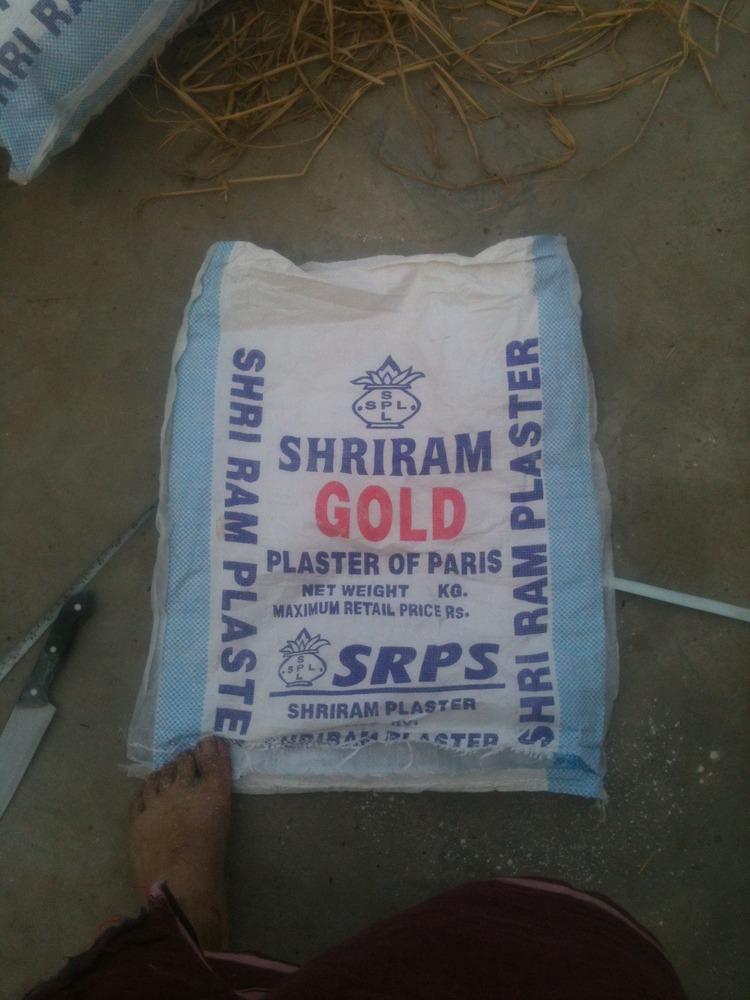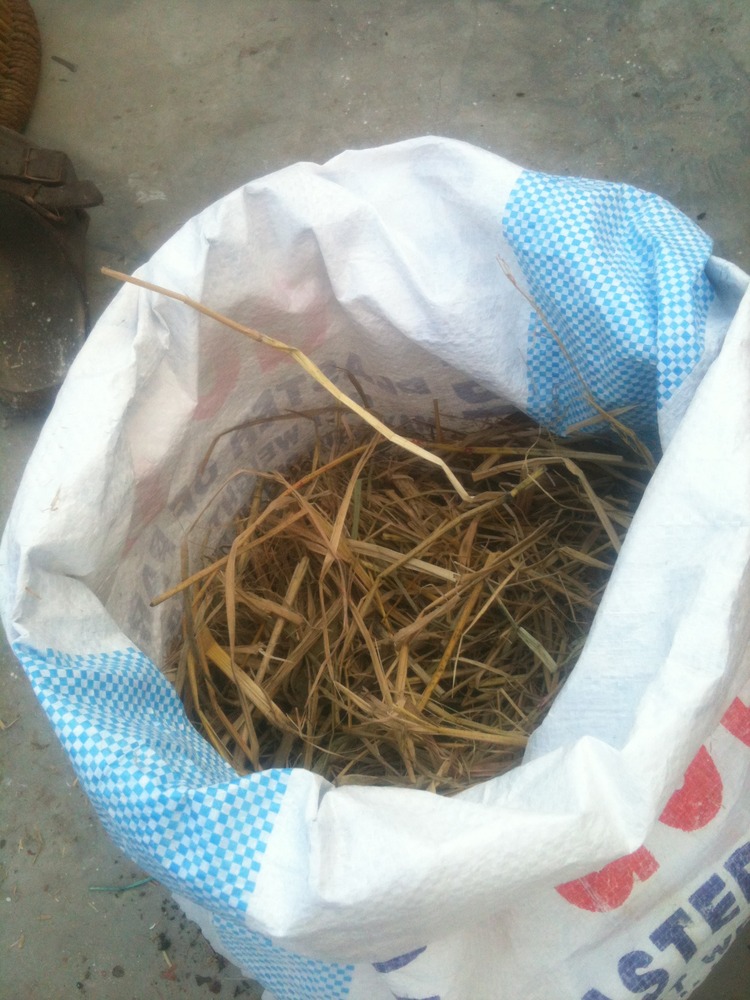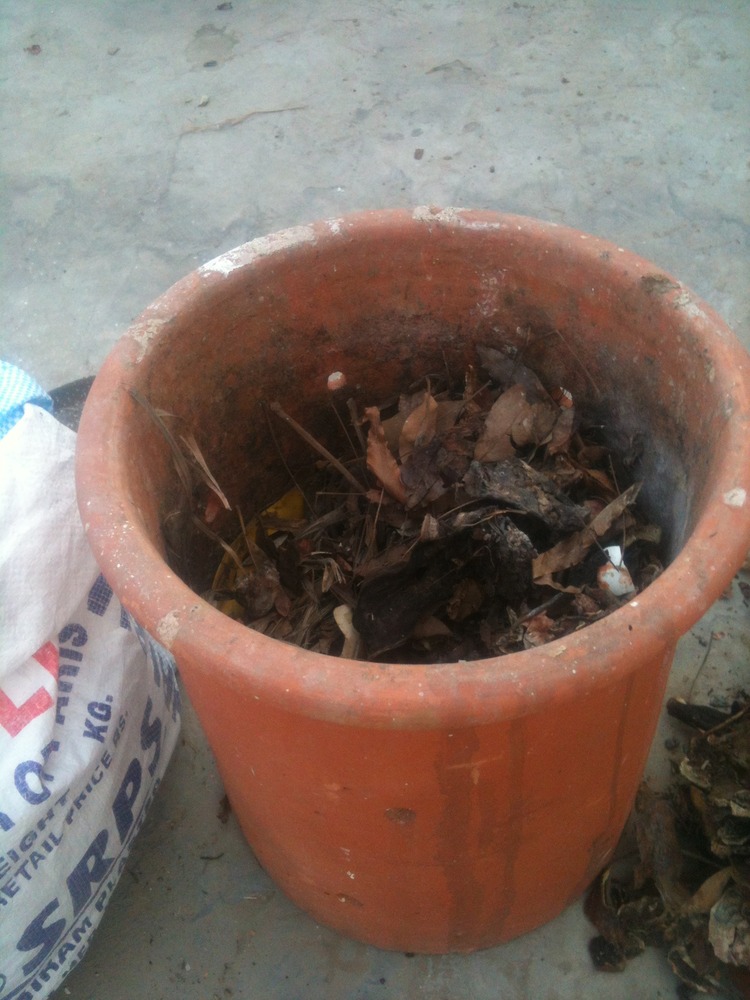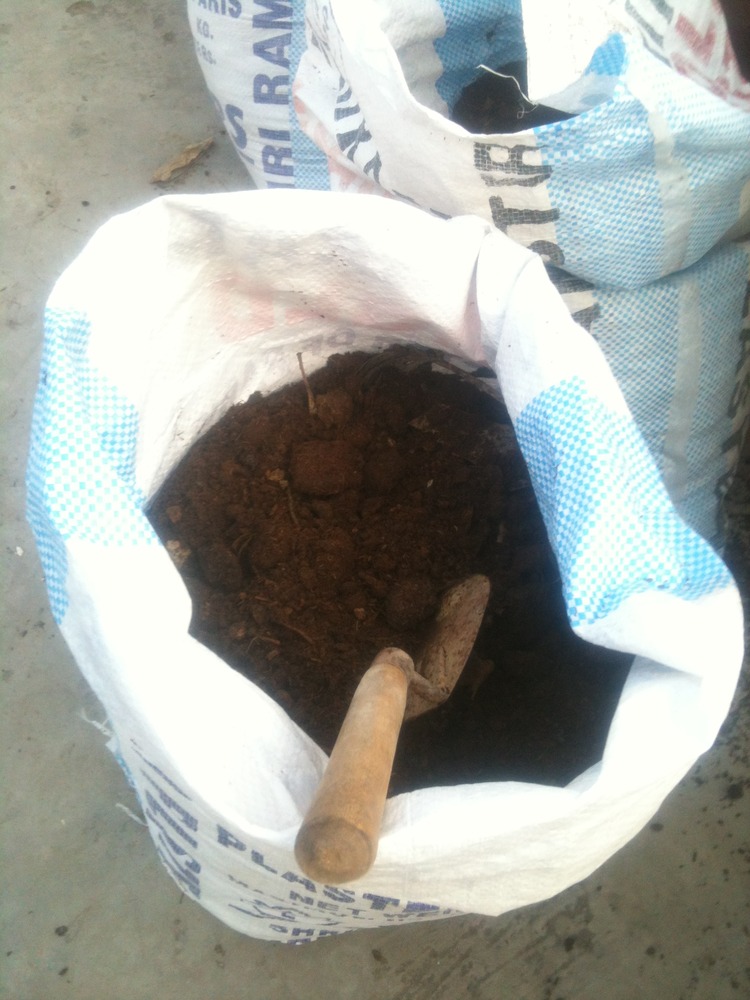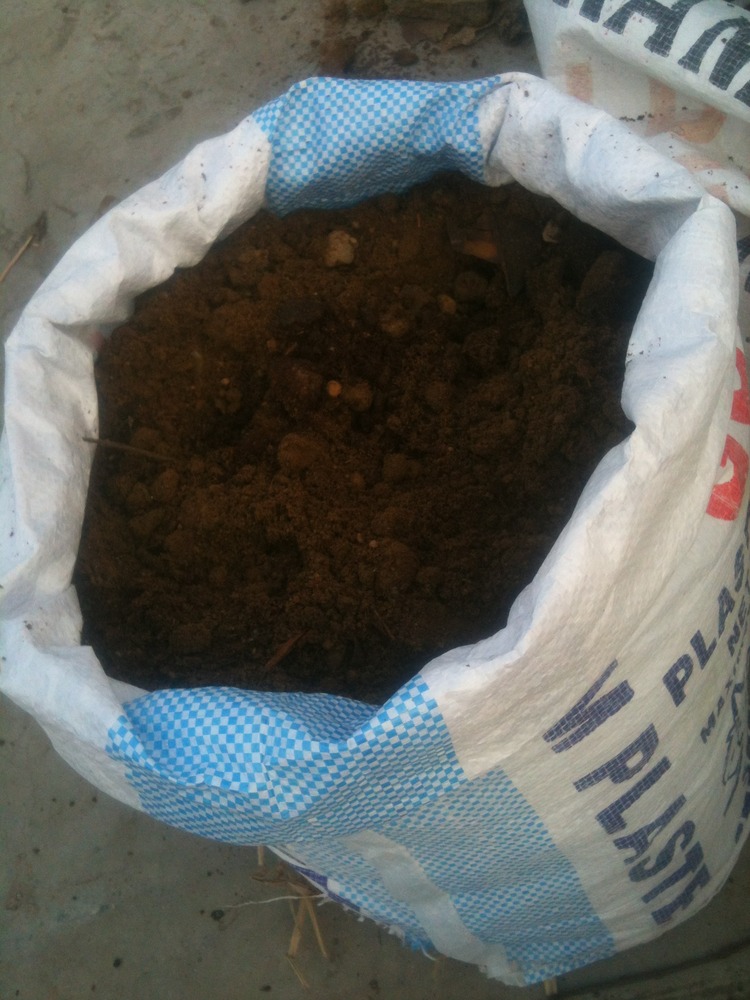Abstract
Background
Both competitive and facilitative interactions between species play a fundamental role in shaping natural communities. A recent study showed that competitive interactions between plants can be mediated by some alternative signalling channel, extending beyond those channels studied so far (i.e. chemicals, contact and light). Here, we tested whether such alternative pathway also enables facilitative interactions between neighbouring plant species. Specifically, we examined whether the presence of a ‘good’ neighbouring plant like basil positively influenced the germination of chilli seeds when all known signals were blocked. For this purpose, we used a custom-designed experimental set-up that prevented above- and below-ground contact and blocked chemical and light-mediated signals normally exchange by plants.
Results
We found that seed germination was positively enhanced by the presence of a ‘good’ neighbour, even when the known signalling modalities were blocked, indicating that light, touch or chemical signals may not be indispensible for different plant species to sense each other’s presence.
Conclusions
We propose that this alternative signalling modality operates as a general indicator of the presence of heterospecifics, enabling seeds to detect and identify a neighbour prior to engaging in a more finely-tuned, but potentially more costly, response.
Tag Archives: plants
My container farm – phase 1
So, there’s this guy named Dr Doshi in Mumbai. Apparently he grows a ton of things on his terrace, and he’s written a couple of passionate books on the topic. When I got interested in how you could produce food, and especially how you could recycle your food waste and use it as a basis for growing your own food, I found his instruction manuals and figured I’d want to try his method out. This weekend and last, I finally got around to collecting all materials and get started. Basically all you need is – bags or other containers, some biomass, compost, soil, water and of course seeds. In this first phase I prepared the bags so that I can sow next week. Here’s the recipe :
1. Get your sacks
I used cement bags. Rice bags, fertilizer bags, buckets or anything like that which is easily and cheaply (or even freely) available would do. Open up the closed end, so that it becomes a tube so that it will drain water properly.
2. Fill the bottom 50% with biomass
I used straw which I could get from the local fruit vendors (they use it to pack their containers). Leaves, twigs, sugarcane from juice vendors or anything of that sort should also work. Whatever is available. This layer is for good drainage while still holding the compost and soil in its place
3. Add compost, 25% of what’s left
I started with the compost that i produced from my own food waste. Since I mix my food waste with leaves, and since there’s a lot of heavy-duty biomass (like mango pips) I put this in the bottom layer with the other biomass. In this way it’s given even more time to decompose as well as serve as a useful biomass layer. After that I filled up with gobar or cowdung compost which I’d got cheaply from local nurseries.
My compost
4. Add soil for the rest 25%
I filled up with soil and then finally mixed it with
5. Water and let drain a couple of time so that the soil sets in the container
